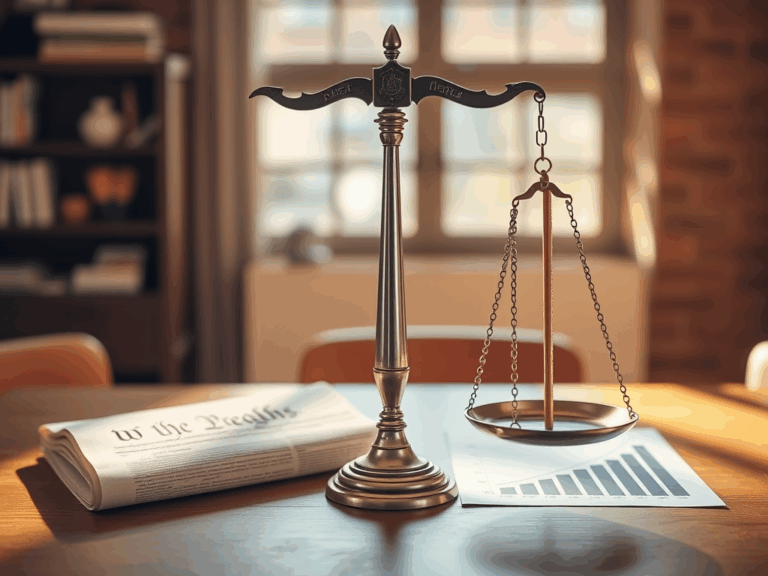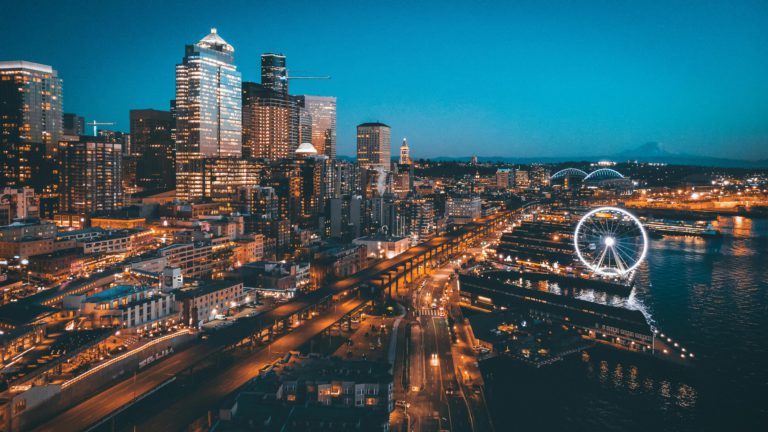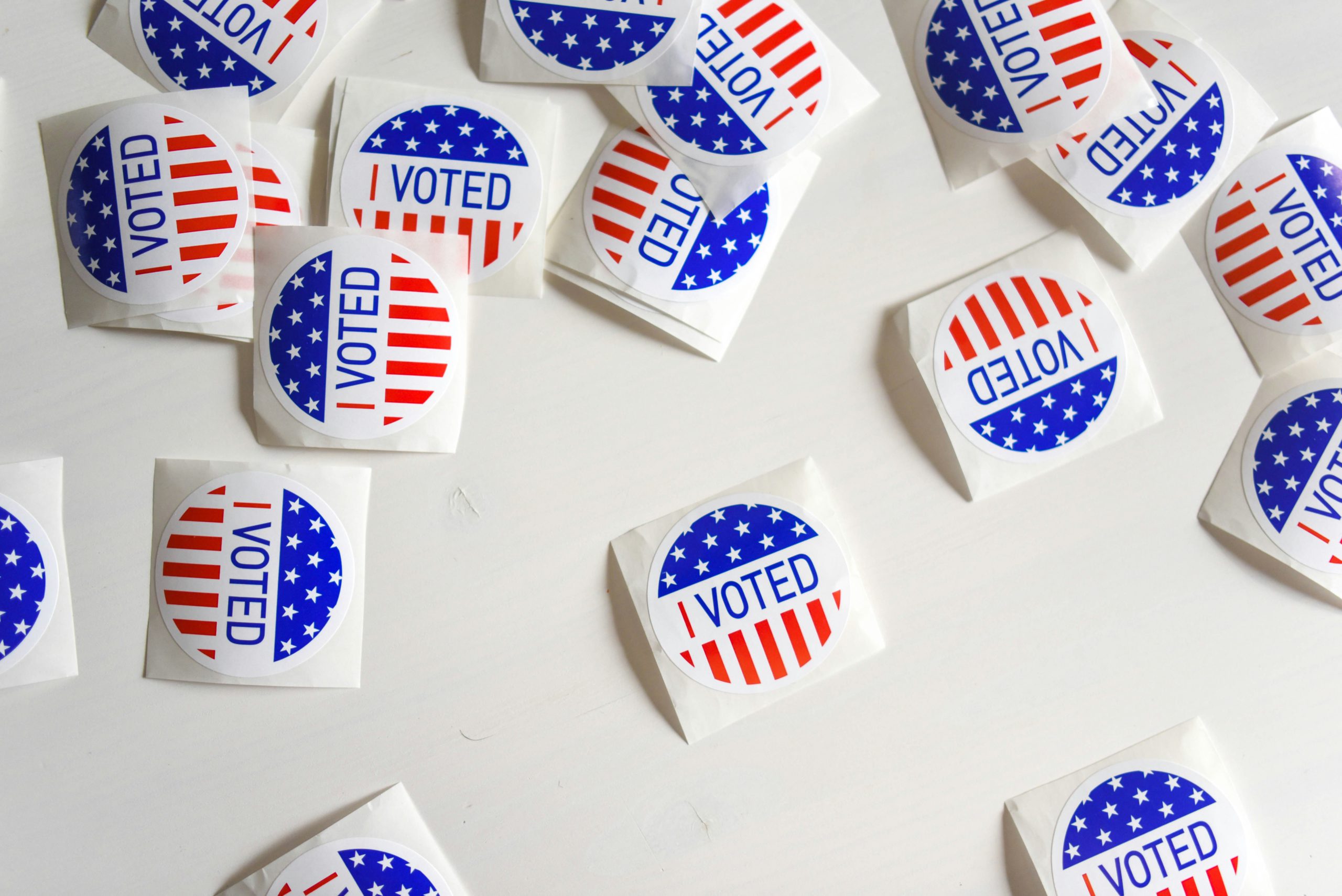What does it mean to be socially liberal and fiscally conservative?
What does it mean to be socially liberal yet fiscally conservative? I’m for limited government intervention in personal lives, and fiscal responsibility and efficient, outcomes-focused governance.









